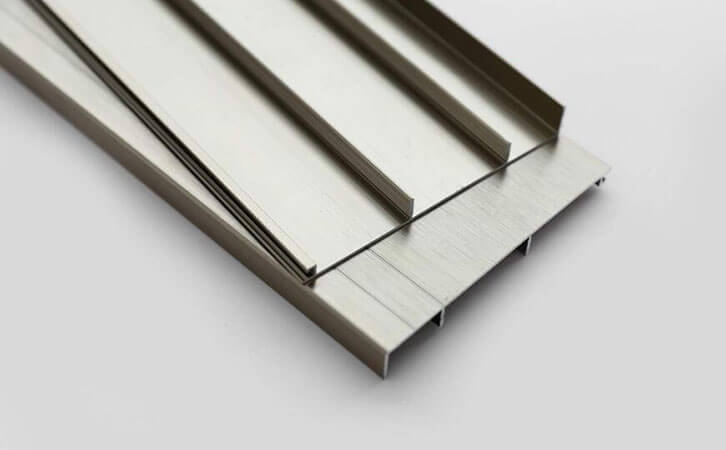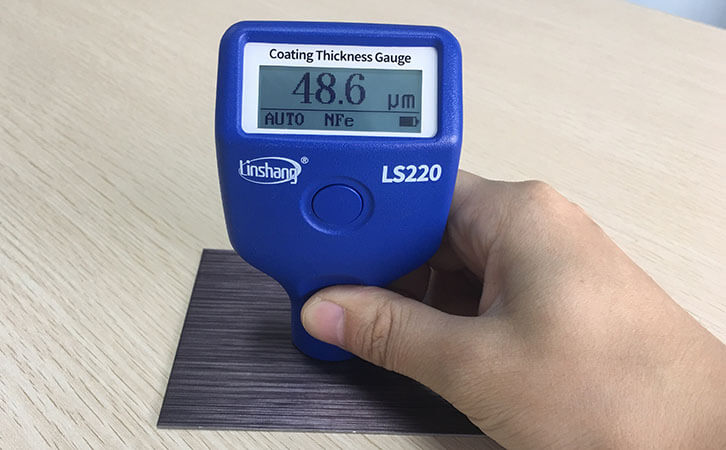What Are the Metal Plating Protection Process?
1. Electroplating
Electroplating is to make a conductive aqueous solution that needs to be used as the raw material of the plating layer. Then place the hardware in a plating tank containing the above solution (the parts that do not need to be plated can be sealed with insulating paint). A thin film of the material contained in the solution is deposited on the surface. This process is called electroplating. The thin film deposited on the hardware surface is called plating.

The material of the plating layer may be metal or non-metal. Practice shows that the electroplated layer formed on the surface of the hardware is not only beautiful and smooth, but also has high bonding strength with the base metal under the plating layer. The plating layer is not easy to fall off. In addition, this decorative layer has the characteristics of corrosion resistance, oxidation resistance and long service life.
2. Electroless plating
Electroless plating is to prepare a solution as a raw material of a coating material. Then immerse the hardware to be plated in the solution and use a suitable reducing agent to deposit the raw material in the solution on the hardware surface to form a plating layer. This method of using chemical reaction to obtain a coating on hardware is called electroless plating.
3. Brush plating
Brush plating is a special type of plating. Different from ordinary electroplating, brush plating does not require an electroplating tank. Instead, it supplies the plating solution to the plated surface. At the same time, uses a charged plating brush (also called a plating pen) to polish the surface of the part to obtain the plating layer. Since no plating tank is needed, it is also called slotless plating. Brush plating is a particularly economical and convenient simple plating method. The power supply and equipment required are also very simple. It can be constructed by one person in any simple environment, which provides convenience for individual operators. Brush plating can not only plate hardware of various shapes, but also the plating speed is much higher than that of electroplating and chemical plating. At the same time, it can also repair the coating on damaged hardware surfaces. The minimum thickness of the coating is 1 m and the maximum thickness is 2 ram. In terms of current technology, brush plating also enables hardware to be plated with various metal and non-metal layers that can be plated by electroplating and electroless plating.
4. Plating thickness gauge for plating layer
The measurement of the plating layer thickness is one of the physical properties of the coating. It is also an important indicator for measuring the coating quality, because it will greatly affect the service life of the product. Plating thickness gauge is a professional equipment that can be used to detect the coating thickness of electroplated layer, paint film, anticorrosive layer, PCB dry film.
Linshang various plating thickness gauges use two measuring principles: magnetic thickness measurement and eddy current thickness measurement. The plating thickness gauges used in the electroplating industry are mainly LS220H and LS221. While the automotive paint meters used for paint film thickness measurement mainly include LS220 and LS220B. LS220B automotive paint meter has a Bluetooth data transmission function, which can transmit multiple sets of measured data to the mobile phone software and produce a test report.
- High precision coating thickness gauge for used car
- Automotive paint protection films coating thickness gauge
- Plating Thickness Measuring Instrument for Detecting Anti-corrosion Coating
- Linshang LS220, LS191, LS160A– Necessary for Car Cover Inspection
- Coating Thickness Gauge for Second Hand Vehicle
- Zero Adjustment Step of Coating Thickness Gauge
